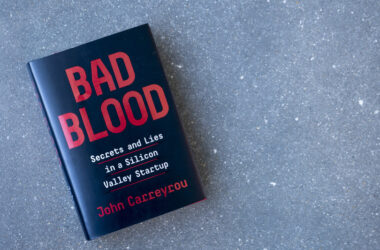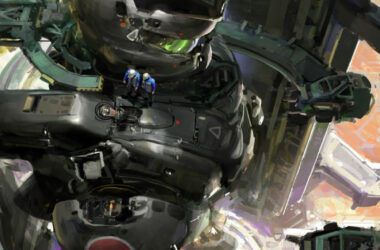Death’s End is the last volume of the The Three Body Problem trilogy. Here are the reviews for the first and second book. Spoilers ahead, at least for those books.
Well, that escalated quickly.
I found myself thinking that a number of times while reading through Death’s End. The third book of the Three Body Problem trilogy reminds me of a game I recently played, the excellent Uncharted 4. Specifically, it’s the sequel to a story and series that was actually cleanly wrapped up the last time around, and has to wrap itself around the prior plot via new characters and interleaved timelines, but still manages to chart its own path and kick things up a few notches.
At the conclusion of The Dark Forest, Cixin Liu introduced the idea that universe only cares about survival, and any sort of outreach — radio and electromagnetic communications — is suicide for any civilization, as it’ll get wiped out by more advanced intelligences looking to preserve their dominance. This state of permanent hiding was dubbed the dark forest theory, and humans have only been able to keep the invading Trisolarians at bay by threatening mutual destruction via broadcast, a risky and daring game of deterrence.
(mid-book spoilers to follow)
Death’s End explores how that uneasy truce plays out. Compared to other scenarios where the warring sides boast equal military strength — for instance, the nuclear deterrence standoff during the Cold War — fighting from a much weaker position causes humanity to devise elaborate mechanisms which are all just a step away from absolute collapse.
As you would guess, eventually the facade fails, and the people of earth are immediately thrown back into conflict and survival mode. At first, the prime antagonist remains the Trisolarian aliens, but eventually, the story pits humanity against those nameless civilizations who police the universe and trigger these dark forest strikes against star systems1.
I like the new literary technique the author used for this book, that of excerpts from historical reports, presumably written after the story’s events, interspersed between chapters. To my initial impressions of rapid escalation, Death’s End deals with cities and countries and the entirety of human civilization almost casually, and these reports provide both some needed exposition as well as contribute to that feeling of scale. It was one of the things that made World War Z excellent, and I’m glad it’s used well here.
As a trilogy, the Three Body Problem starts out from a unique premise, meanders a bit with flat characters and open-ended plot devices, but finishes epically with liberal extensions of science which make sci-fi stories so fascinating as a genre2. There are a few clumsy parts here and there, but on the whole, Death’s End is a worthy conclusion to a great story.
Not that it’s much of a fight; the interactions resemble more closely those horror movies where the helpless victims are trying to hide from the monster.↩
Science fiction short stories are another great source for capturing the futurist imagination.↩



